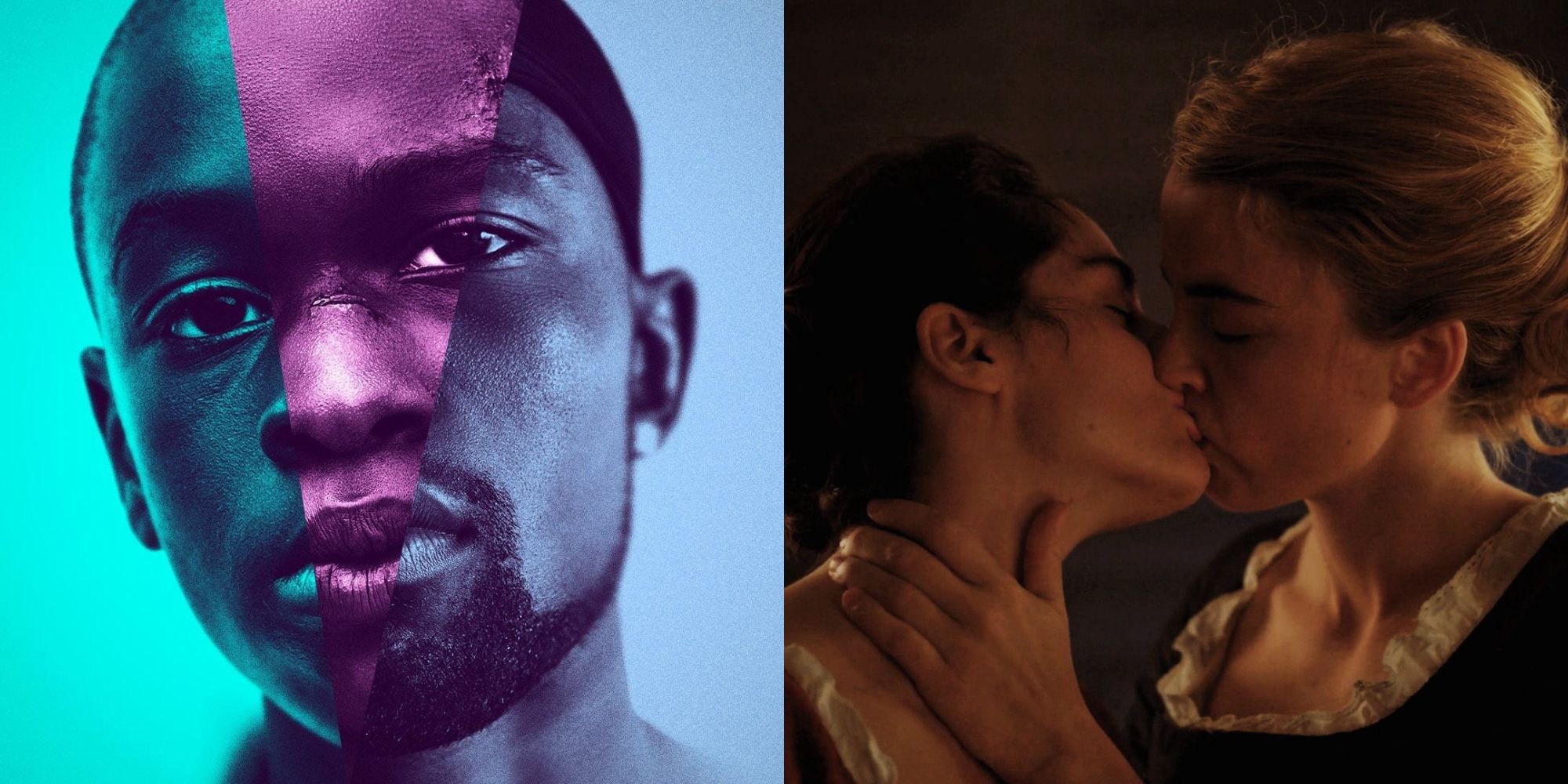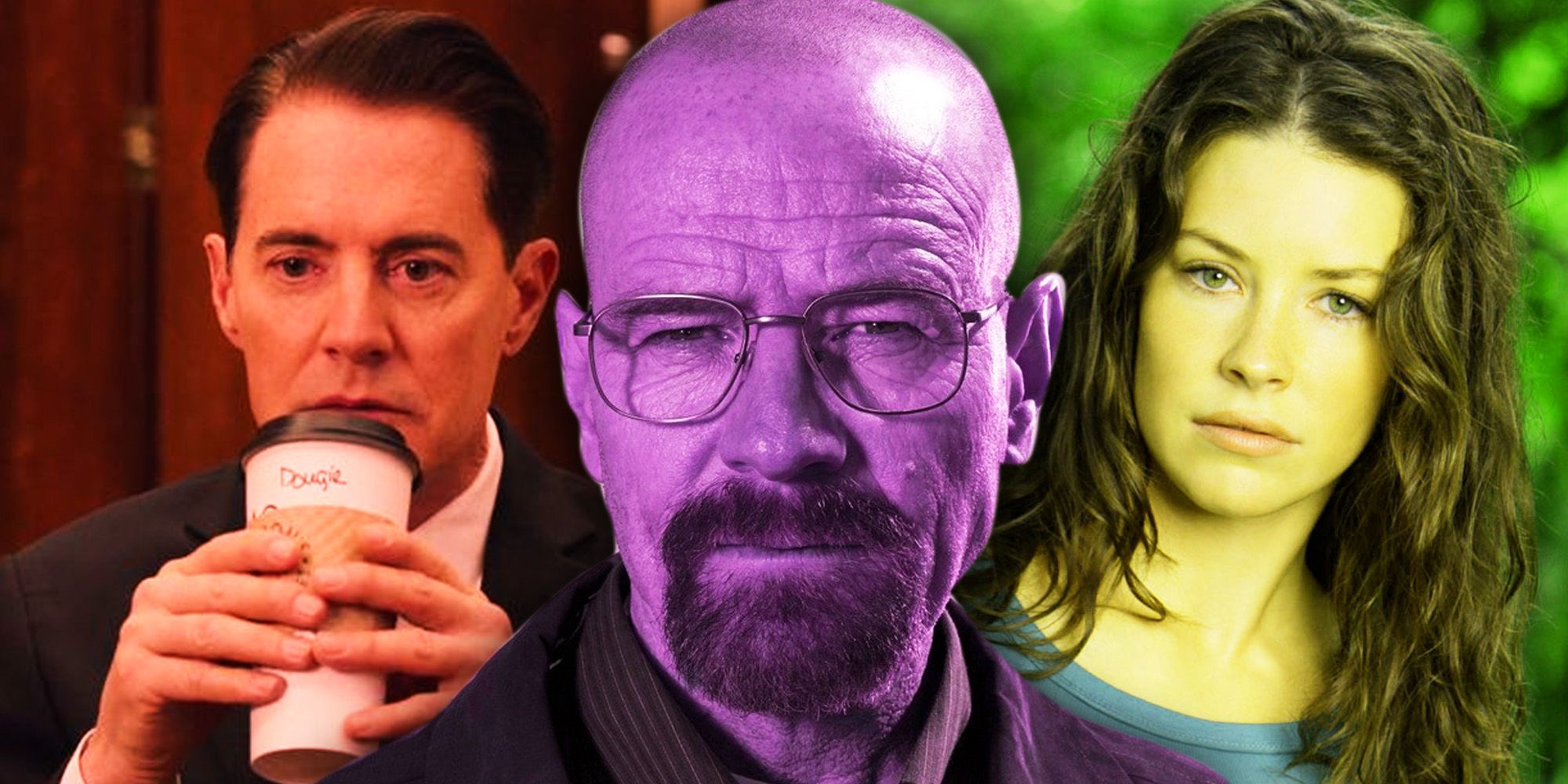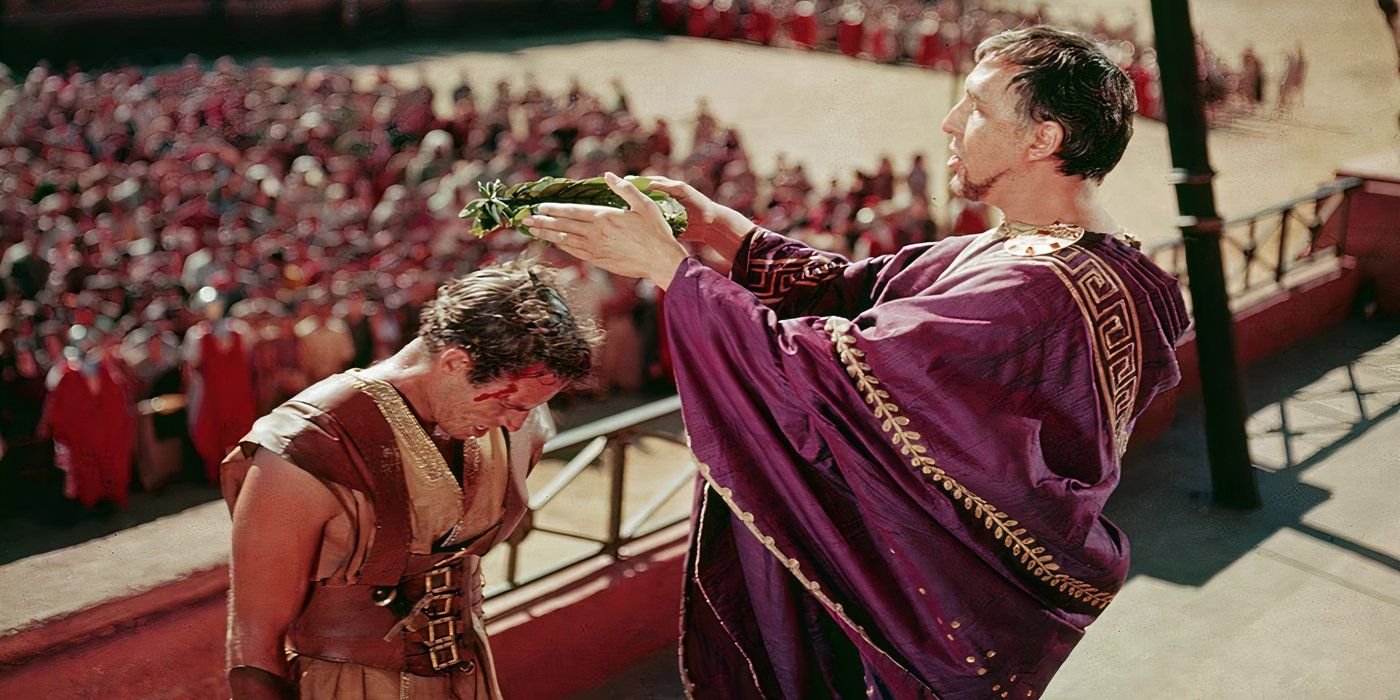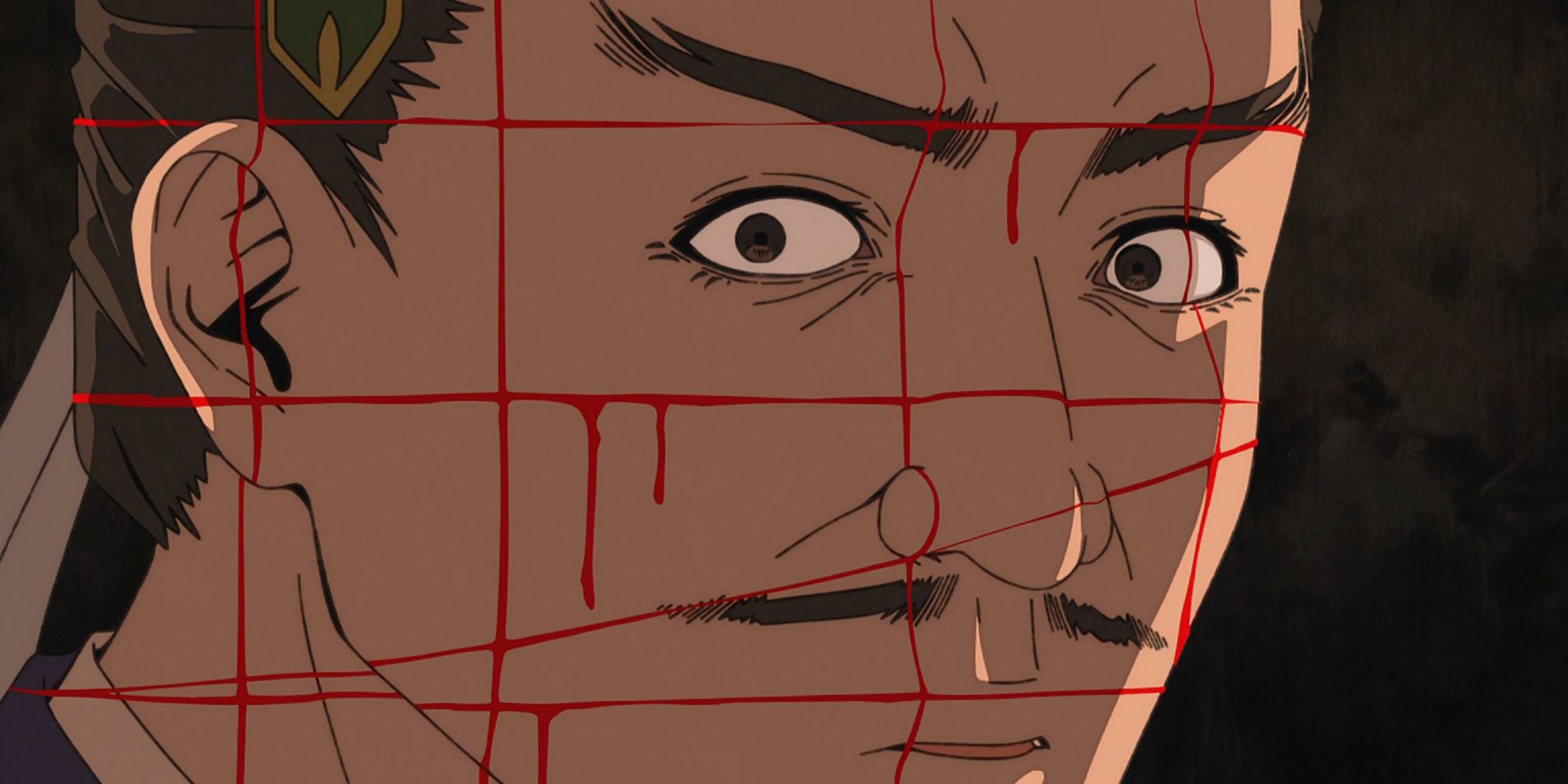There have been some amazing comic adaptations of classic novels, like Dracula, 1984 and To Kill a Mockingbird, over the years. Stories from some of history’s most well-known novelists continue to stand the test of time because of how they use the literary space to create thoughtful commentary, characters and plots. Whether it’s Bram Stoker or George Orwell, these authors’ most well-known classics have held up for a reason, and a surge in adaptations have made them more popular than ever for new readers.
While the concept of a graphic novel adaptation of classic literature is nothing new, it’s remarkable to see just how frequent these publications have become. They are usually incredibly loyal adaptations of the source material, with 2023’s Murder on the Orient Express being a prime example. However, the liberties taken by artists in adapting these novels have helped bring new insights to classic stories by adjusting them to a new medium. This has resulted in some incredible adaptations over the years that have not only introduced readers to literary classics, but also helped them understand why these books have held up for generations.
10
Watership Down Brings Accessible Storytelling to a Complex and Dark Novel
Based on the novel by Richard Adams; adapted by James Sturm and Joe Sutphin
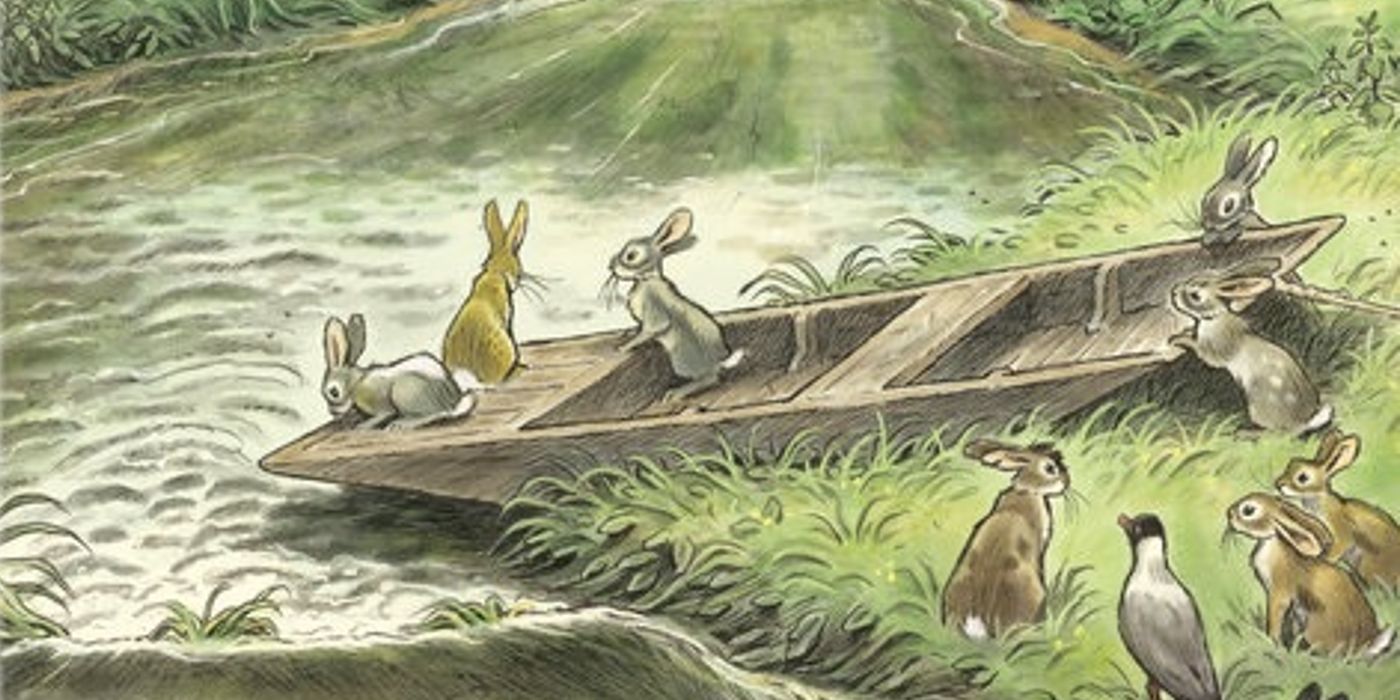
Richard Adams’ masterpiece, Watership Down, has seen a variety of adaptations over the years, including a film that has been heralded as one of the best animations for adults. However, the novel is an incredibly complex read given the heavy symbolism and themes lying underneath a deceptively simple story of rabbits trying to find a new home. This is where the well-crafted graphic novel adaptation by James Sturm and Joe Sutphin comes into play, as it makes the story easier to understand than ever before.
The way James Sturm recreates the iconic story alongside Joe Sutphin’s artwork is a beautiful recapturing of what made the book so beloved when it was first published. The existential themes and dread from Adams’ novel are still there, but they’re beautifully translated in colorful artwork that’s reminiscent of Beatrix Potter’s Peter Rabbit stories. This smart decision makes the book more appealing to readers than ever before, seeing to it that Adams’ story will continue to live on for many years.
9
Fahrenheit 451 Highlights the Horrors of Censorship
Based on the novel by Ray Bradbury; adapted by Tim Hamilton
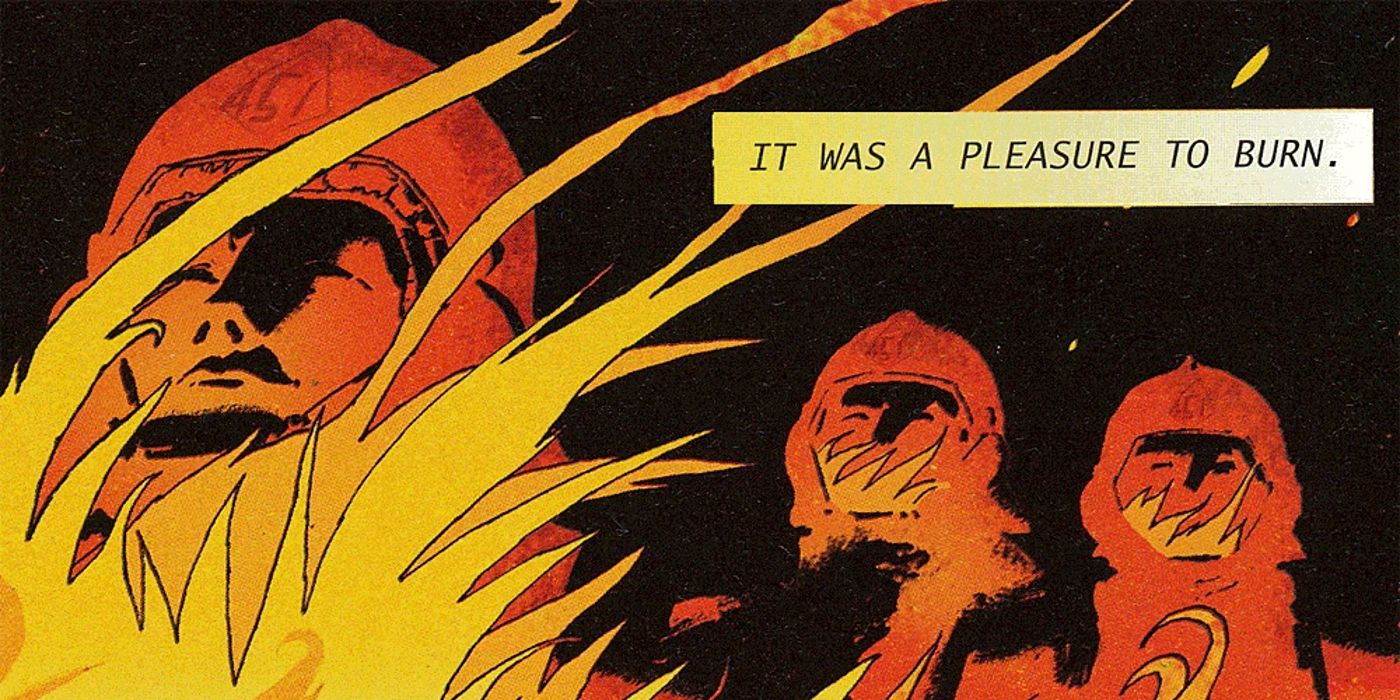
In an age where state and county-based book banning has become far more prevalent, leading authors like Gender Queer‘s Maia Kobabe to speak out against it, Ray Bradbury’s Fahrenheit 451 has become more timely than ever before. However, Bradbury’s dystopian story of a future society that burns anything that challenges its government’s ideology has never felt more alive than in Tim Hamilton’s official graphic novel adaptation.
Featuring an introduction by Bradbury himself, this faithful retelling of the story is brilliant because of how much it adds to the existing novel. The artwork is horrifying to look at, featuring vibrant reds and oranges to make the reader feel the heat coming off of these burnings. Plus, by showing specific books being burned in the artwork, the realities of why book burning and various forms of censorship are not just wrong but harmful for society and human progression are made clear.
8
Dune: The Graphic Novel Made the Sci-Fi Classic Easier to Follow Before the Movie
Based on the novel by Frank Herbert; adapted by Brian Herbert, Kevin J. Anderson, Raúl Allén and Patricia Martín

While Denis Villeneuve’s two-part epic adaptation of Dune has brought the story more into the mainstream than ever before, an official graphic novel adaptation released just a year before Part 1 actually pulled off what made the films so successful. This 2020 graphic novel series essentially takes the groundbreaking world of Arrakis and makes it easier to comprehend for newer audiences. Dune, while a classic among the science fiction community, is a dense read. The heavy language used by Herbert alongside the politics at play in his story’s world can make-or-break a reader’s interest. However, this stunning graphic novel manages to transform the massive story into something that anyone can read and enjoy, providing breathtaking visuals while maintaining the nuance of Herbert’s novel.
7
The Great Gatsby Translates the Source’s Themes Through Beautiful Imagery
Based on the novel by F. Scott Fitzgerald; adapted by K. Woodman-Maynard
To say The Great Gatsby is a thematic piece of literature would be an understatement. F. Scott Fitzgerald’s classic novel is bathed in vibrant symbolism that makes it one of the most analyzed pieces of American literature in modern history. When it came time to adapt the story to a graphic novel, K. Woodman-Maynard took the ideas explored in Fitzgerald’s original story and translated them gorgeously with absolutely stunning artwork. The watercolor aesthetic of this graphic novel helps the constant color imagery from the original story come to life, with its themes of the American Dream, social class and more kept intact. From the bright green light across the lake to the colors of the clothes Gatsby throws to Daisy, this adaptation is more than just a beautiful recreation of the story; it’s a work of art.
6
The Hobbit Succeeds In Realizing Tolkien’s Intentions for the Story
Based on the novel by J.R.R. Tolkien; adapted by Charles Dixon and David Wenzel
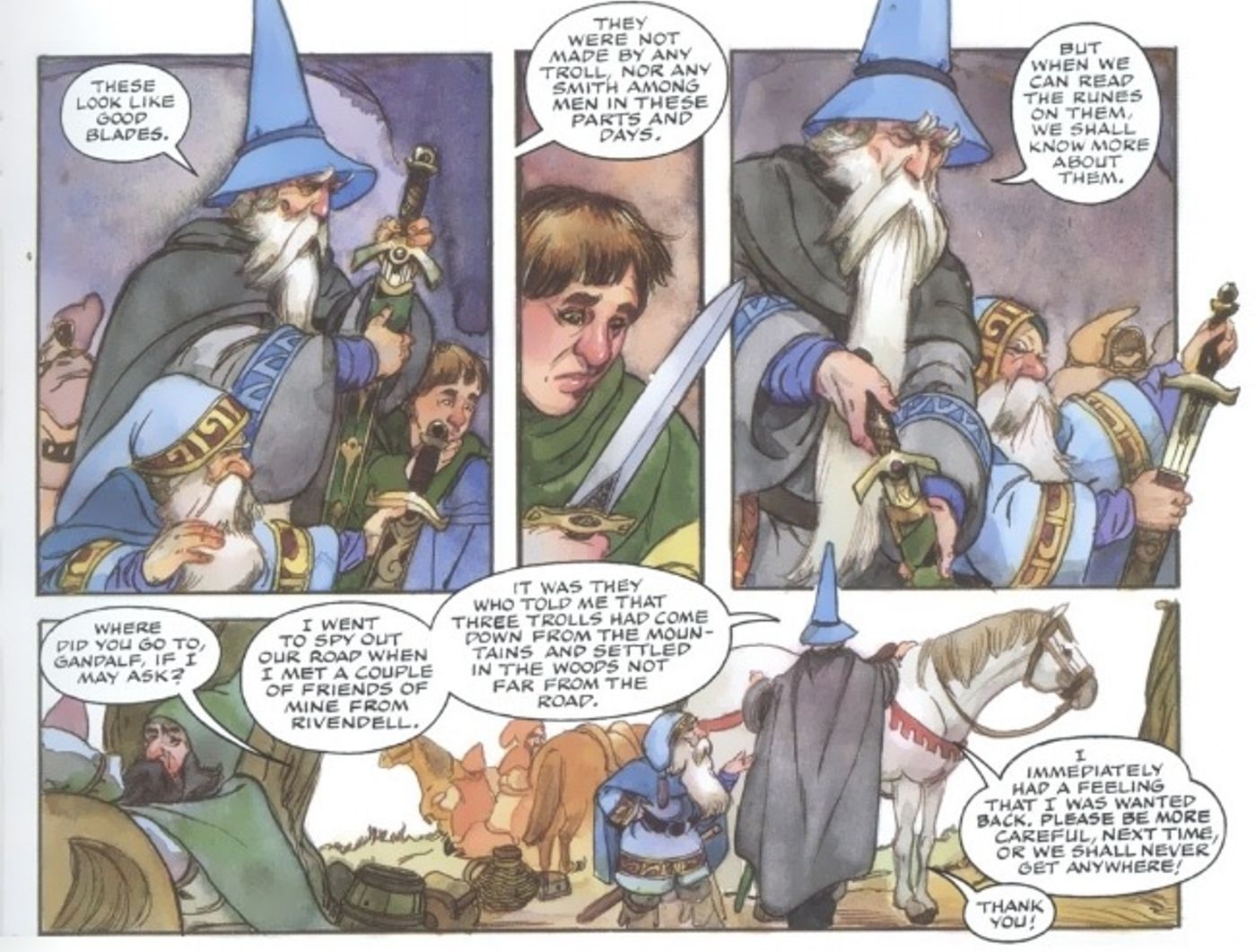
While Tolkien’s Lord of the Rings books have become well-known over the years, his prequel to his epic fantasy The Hobbit has also stood the test of time. However, unlike Lord of the Rings, Tolkien’s original plan for The Hobbit was to make it more appealing to children, including his own, which is why there are more songs and silly moments than its much more serious counterpart.
When it came time to create a graphic novel for this story, the artists behind the adaptation actually brought Tolkien’s idea for the story to life through its visuals. When readers open the book up, they’ll notice that the artwork is heavily similar to something they’ll find in a children’s story. It’s highly detailed but not overly complex, making it something kids will understand and enjoy. It’s remarkable to have this amazing prequel to Lord of the Rings as a comic, but the extra mile it goes to recreate Tolkien’s original vision of the story is what truly makes it special.
5
1984: The Graphic Novel Embraces the Source Material’s Dread
Based on the novel by George Orwell; adapted by Fido Nesti
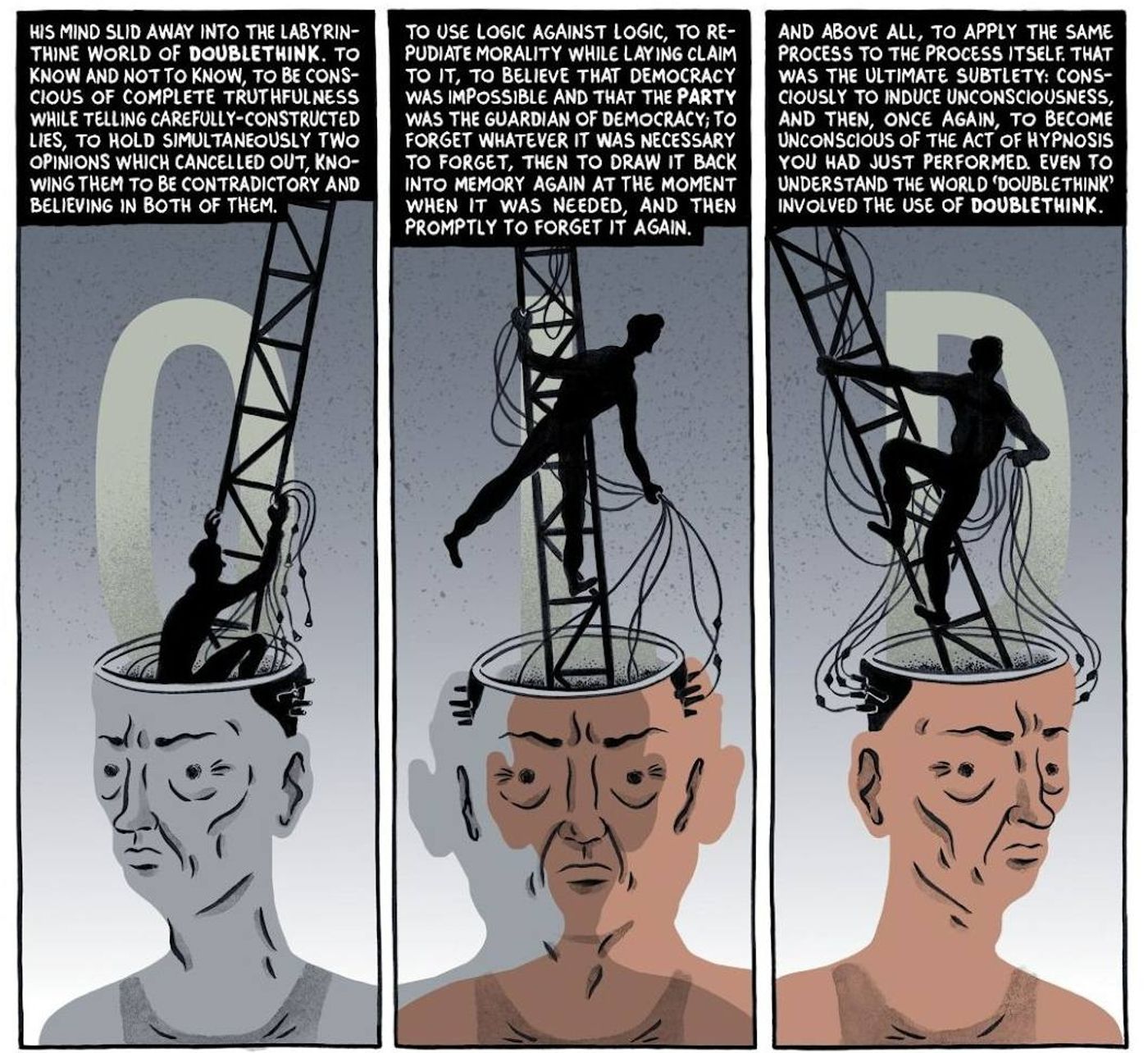
1984 has come to be known as the defining dystopian novel in literature. George Orwell’s use of literary language made it a haunting read when it was first published and continues to send chills down readers’ spines today. Fido Nesti’s adaptation of this story perfectly encapsulates the dread that makes this novel so terrifying while using the medium to their advantage. Every panel has a disturbing lack of color, only using blacks, whites, oranges and occasional dark blues to illustrate the story. Given the themes of Orwell’s novel, it’s a perfect way to paint this future as bleak and hopeless as Big Brother continues to watch the citizens. Nesti’s adaptation of 1984 is absolutely unsettling, and the lack of color just adds an entirely new layer of emotion when reading through the classic dystopian story.
4
To Kill a Mockingbird is a Magnificent Translation to Comics
Based on the novel by Harper Lee; adapted by Fred Fordham
When it comes to highlighting the best graphic novel adaptations of classic literature, most of the standouts are ones that use the new medium to explore more to the story that literary language cannot. However, To Kill a Mockingbird is a different case. It’s an incredibly faithful recreation that does not stray from the source material, but that’s what makes it so incredible. It’s a perfect snapshot of a young girl’s fall from innocence as she sees her lawyer father, Atticus Finch, take an important case to help a Black defendant, only to see the weight of a prejudiced world crash around them. The way the graphic novel illustrates life’s cruelty is just as meaningful as it was in the novel, and that’s all it truly needed to be. It’s an accurate translation of a classic, and yet, barely changing anything only makes this story stand out even more as it continues to hold up decades later.
3
The Handmaid’s Tale Illustrates the Terrors of the Novel’s World
Based on the novel by Margaret Atwood; adapted by Renée Hault
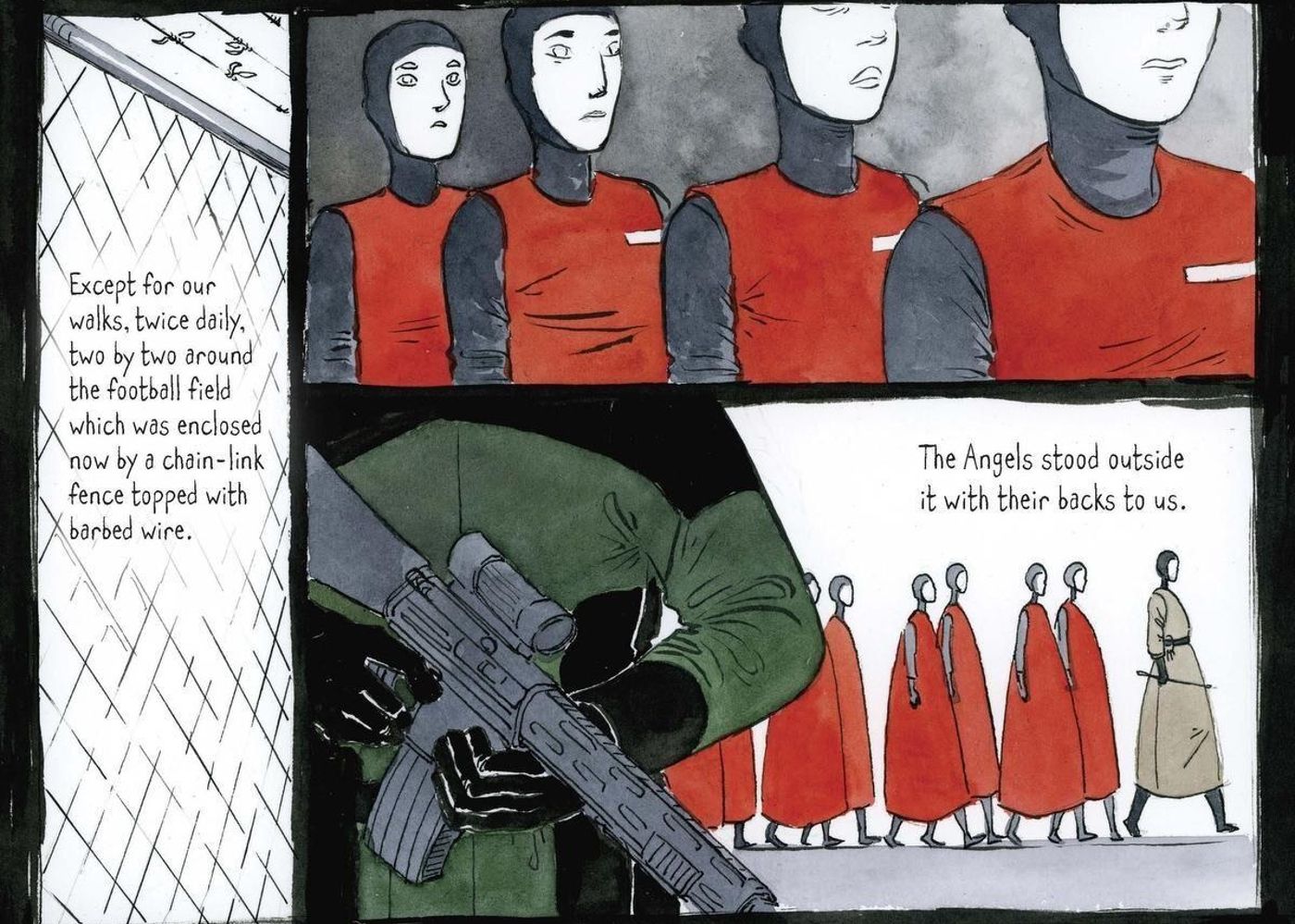
One of the most difficult tasks when it comes to adapting The Handmaid’s Tale is translating Margaret Atwood’s writing style to a new medium. The way she details things in her novel can feel long-winded due to a lack of breaks in sentences, but it’s a way for her to describe Gilead through a stream-of-consciousness perspective. Renée Hault’s take on this classic novel succeeds on multiple levels by illustrating the horrific reality of Offred’s life. Nothing is left up to the imagination of the reader. There are some seriously graphic moments throughout the story that are meant to shock, but also educate on the dangers of falling into a Religious Theocracy and the importance of women’s rights. This adaptation of Atwood’s story is unsettling on every level, but it brings out what has made the novel into a dystopian classic today.
2
Bram Stoker‘s Dracula Gives a Long-Beloved Star a Chance to Shine
Based on the novel by Bram Stoker; adapted by Robert Napton and El Garing

Dracula has come to be one of the most well-known and beloved vampire stories in human history. Creating a new adaptation already sets up a tall order since there have been hundreds of versions that came before it. However, Robert Napton and El Garing’s take on the story added a brilliant detail to make it unique: incorporating the legendary Dracula actor Bela Lugosi into the artwork. The original 1931 film starring Lugosi is a far cry different from Stoker’s original story because it’s based more on a play of the same name. In this adaptation, however, Lugosi’s Dracula gets to star in the original tale, faithfully retold by Napton and Garing with magnificent black and white artwork. It’s a tremendous graphic novel that doesn’t just work as an adaptation but also a tribute to an acting legend.
1
Frankenstein Gets an Update from a Horror Legend
Based on the novel by Mary Shelley; adapted by Junji Ito
There’s no denying that Junji Ito’s adaptation of Mary Shelley’s Frankenstein set a high bar for literary adaptations. Ito has become a legend in the horror community for his disturbing drawings and nightmare-fueled manga, so giving him the reins to tackle Frankenstein was a dream come true. Needless to say, Ito delivered as he injected his horrific artwork into the pages of Mary Shelley’s classic novel. The designs are horrific to look at and make the story scary again for new generations. Plus, with a haunting twist to improve upon the original source, Junji Ito created an adaptation that joined Dracula, 1984 and To Kill a Mockingbird as one of the greatest adaptations of classic literature.

